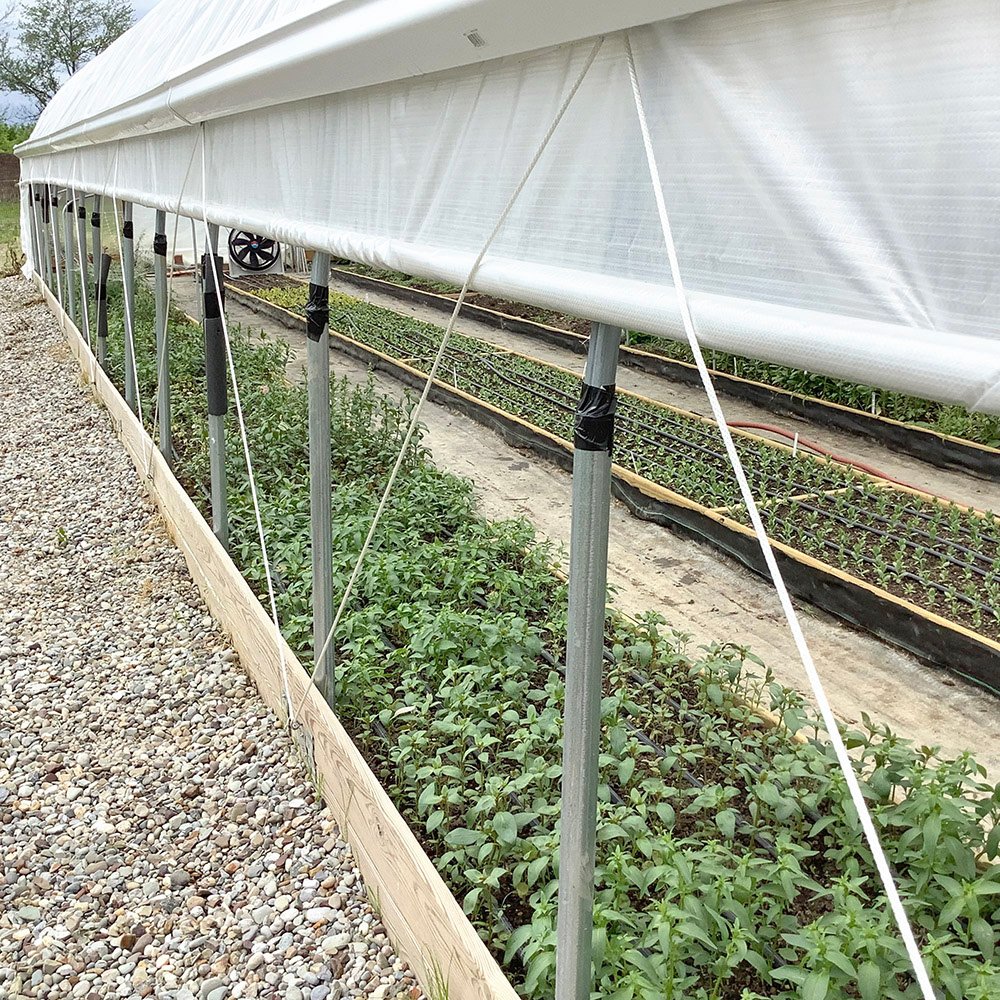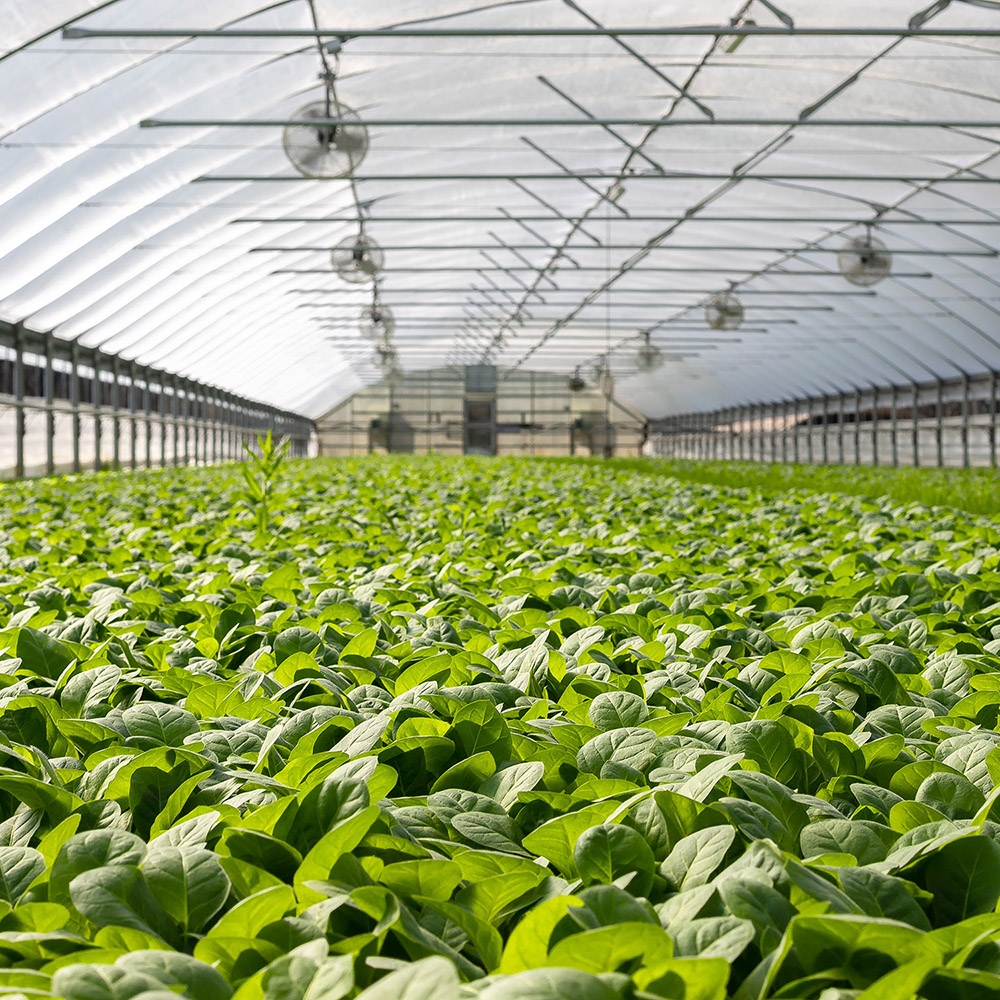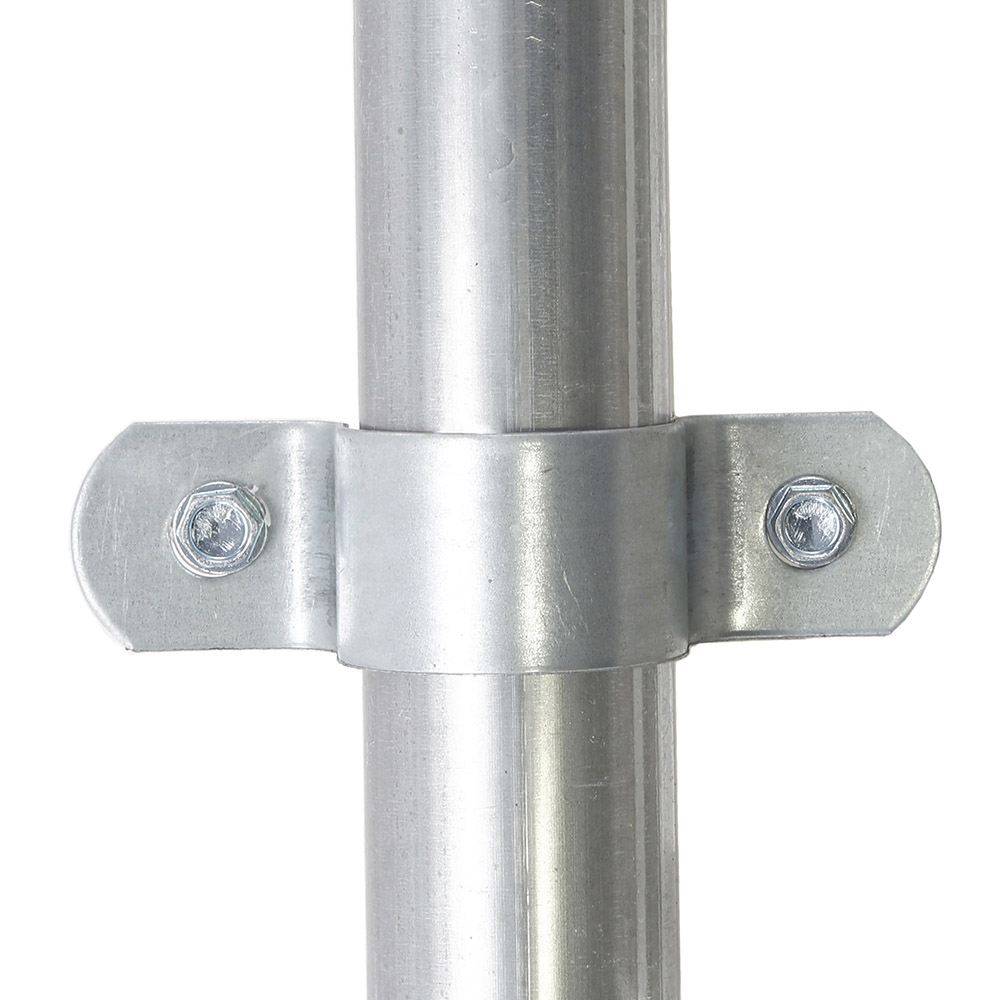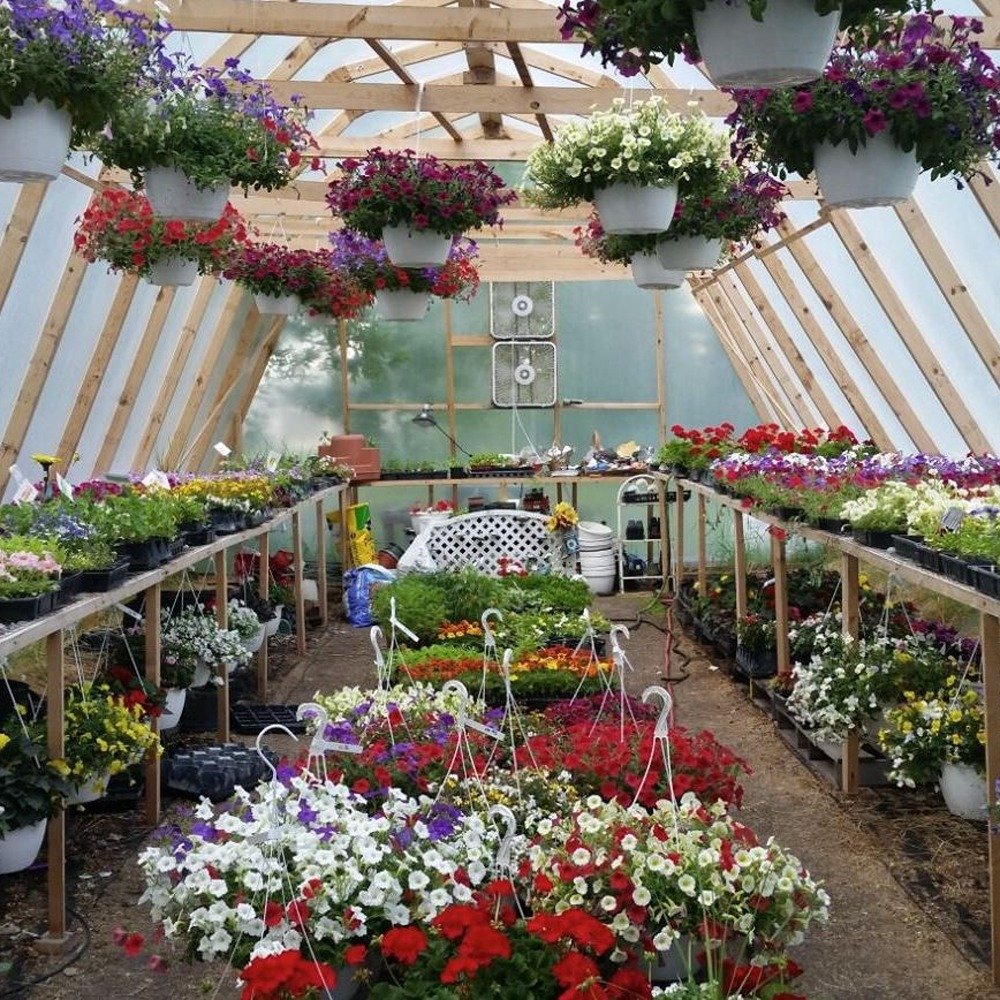Seasonal Greenhouse Maintenance: Keep it Growing Strong
Maintaining a greenhouse isn't just about watering plants and hoping for the best. Over time, issues can creep in, such as fogged-up panels that block sunlight, overheating in the warmer months, or excess moisture that encourages mold. A well-maintained greenhouse protects your investment and keeps your plants healthier and more productive year-round.
Whether you're dealing with poor airflow or unreliable watering, many common problems have straightforward solutions. The key is to spot them early and know what tools or upgrades can help. From choosing the right greenhouse plastic to installing better ventilation, small changes can make a big difference in performance and plant health.
Here are a few questions that often come up:
- "How can I keep the temperature steady when the weather outside changes by the hour?"
- "What's the best way to improve airflow without overcomplicating things?"
- "Is it time to replace my old greenhouse plastic film?"
- "Why does it always feel humid, and what can I do about the condensation?"
- "How can I organize my plants to make cleaning and watering easier?"
This greenhouse maintenance checklist will walk you through the essentials, season by season, while pointing out simple upgrades, like new plastic coverings, misters, climate controllers, or bench toppers, that can save you time and improve results. Let's dive in and keep your greenhouse growing strong.
No matter the size of your greenhouse, a consistent cleaning routine is essential for keeping your structure functional and your plants healthy. But let's be honest, what your greenhouse needs in spring is very different from what it needs in winter. That's why we've broken things down by season to help you stay on track year-round. Whether clearing out last year's growth or prepping for a heatwave, each step is tailored to tackle common seasonal challenges and make your maintenance routine more effective and manageable.
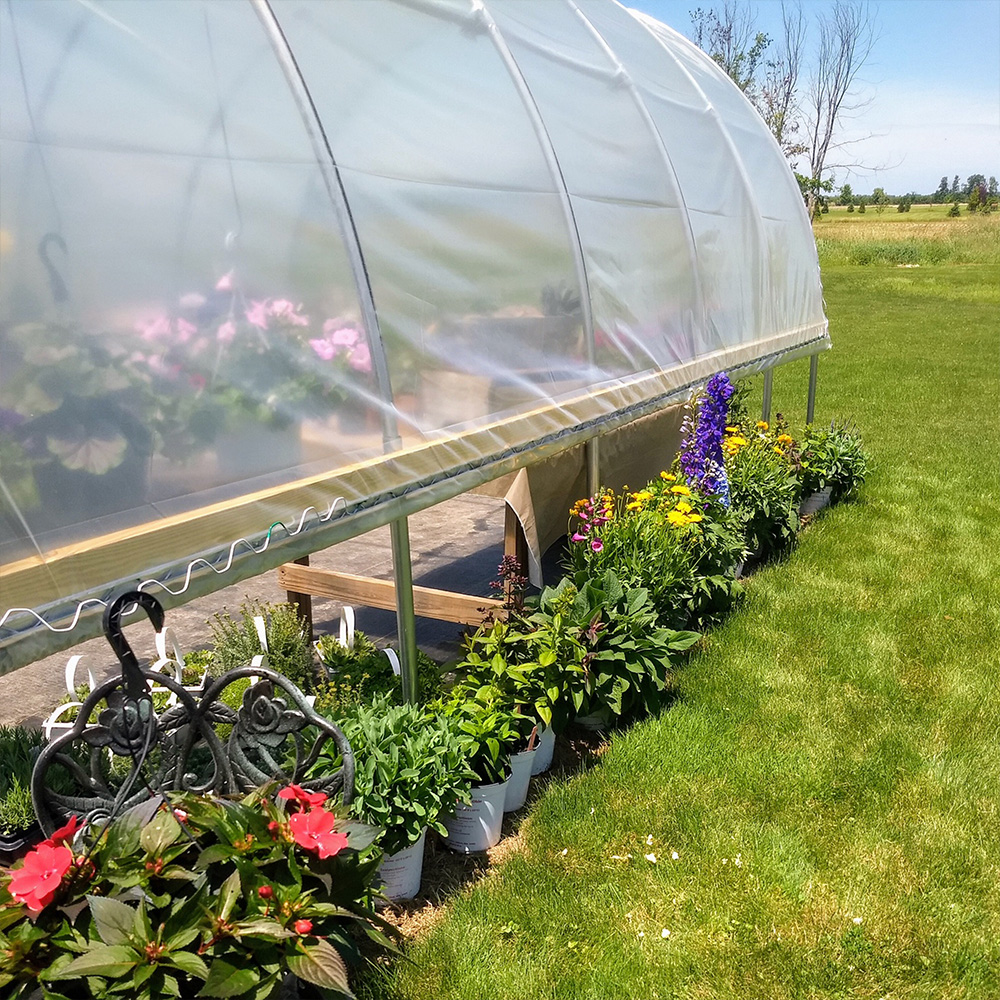
Spring is the season of renewal, and your greenhouse deserves the same treatment. Start by removing leftover debris, leaves, or plant waste from winter to clear out any hiding places for pests. Wash all interior surfaces with a mild soap or greenhouse-safe disinfectant, including benches, trays, and interior walls. Be thorough with corners and joints where mold or insects might linger.
Once it's clean, inspect the structure for signs of damage from winter storms or frost. Replace torn or faded plastic coverings with fresh greenhouse grow film and tighten any loose attachments. This is also a great time to restock supplies and prep your layout for the active growing season ahead.
- Remove weeds, leaves, and debris from inside and around the greenhouse
- Disinfect benches, pots, trays, and tools
- Inspect frames and replace worn frame fittings
- Install or repair covering attachments as needed
- Assess lighting, shading, and irrigation systems for the season
Spring is your greenhouse's reset button. A thorough cleaning and inspection now sets the tone for the rest of the year. By replacing worn coverings, refreshing your layout, and prepping your systems, you're creating a clean, stable foundation for healthy growth and higher yields all season long.
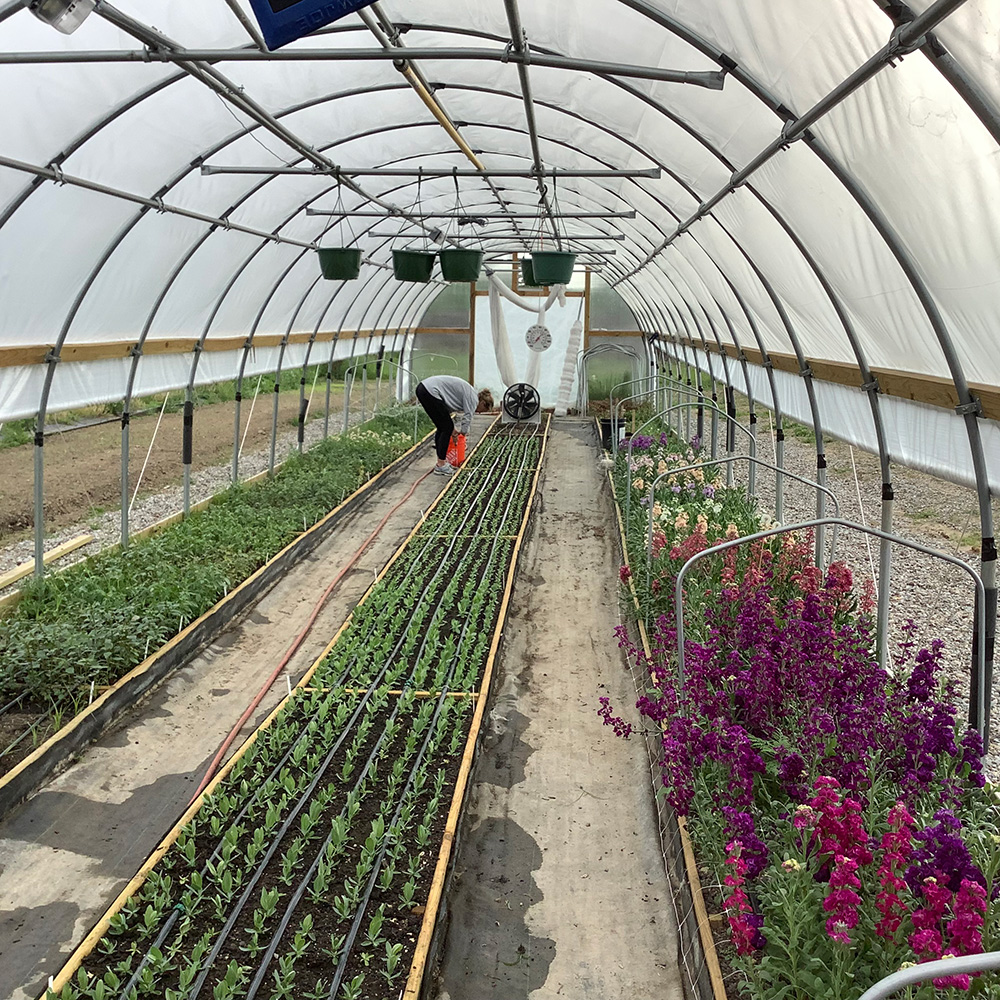
When the heat of summer sets in, your greenhouse can quickly become too warm or humid for comfort, both for you and your plants. Ventilation becomes critical, and even passive setups may not be enough. Use automatic or manual vents, circulation fans, and misters to prevent heat stress and improve airflow across plants and workspaces.
Summer is also when mold, mildew, and algae are most likely to develop due to excess humidity. Regularly inspect high-humidity zones and reduce standing water around pots or walkways. Keep equipment clean and ensure your misting systems run smoothly without blockages or leaks.
- Install or maintain fans and misters to control temperature
- Use manual vents or shade cloths for natural cooling
- Adjust irrigation timing to prevent overwatering during heat spikes
- Inspect for fungal growth and treat early signs of mold
- Keep walkways and work surfaces dry and clear
Summer maintenance is about keeping things cool, balanced, and efficient. With strong ventilation, regular misting, and attentive humidity control, your greenhouse stays productive even in extreme heat. Stay ahead of mold and stress by dialing in airflow and water routines.
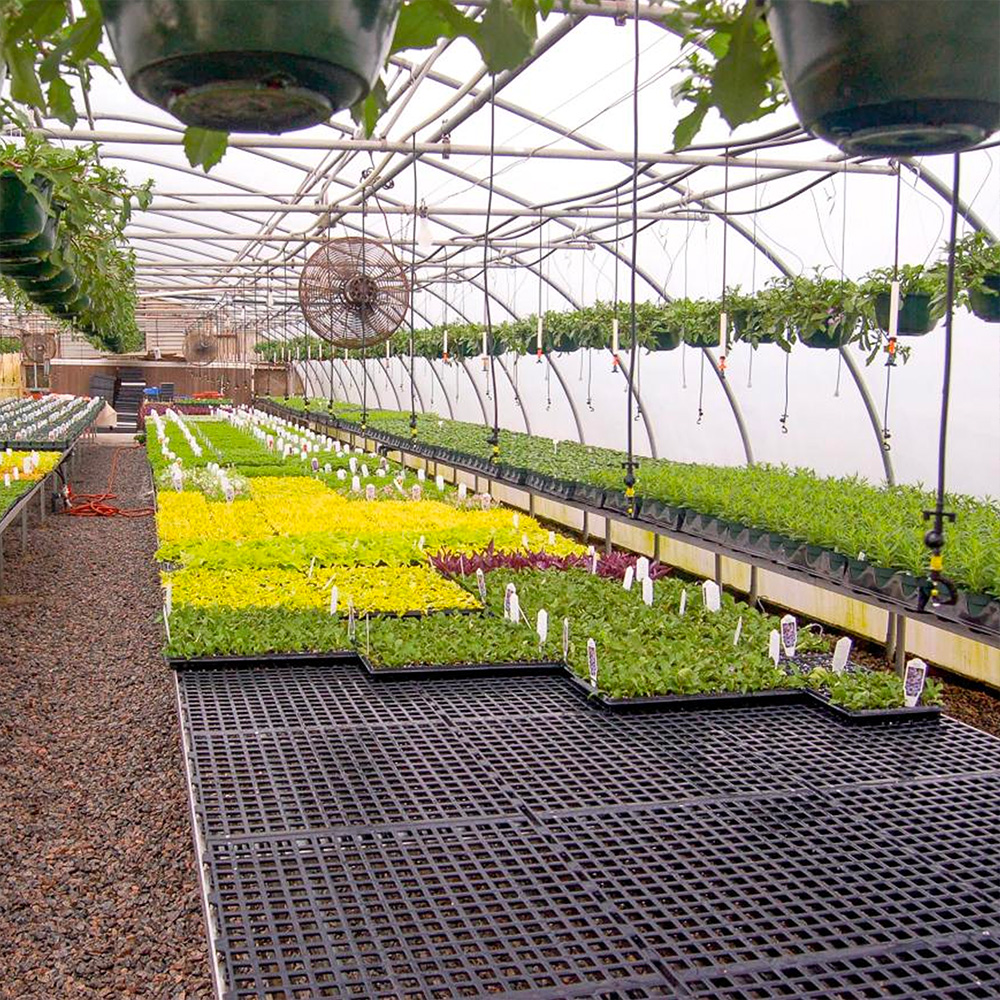
As outdoor temperatures cool, fall is the ideal time to assess your greenhouse for energy efficiency. Look for gaps in your covering or frame that could let in drafts or pests, and seal them before winter arrives. Test your heaters and thermal controls now, so you're not caught off guard during the first frost.
Reorganize your interior space to improve sunlight exposure and create easier access for winter plant care. Consider using bench toppers to simplify cleaning and drainage. This is also a great opportunity to phase out summer crops and prep soil beds or containers for overwintering plants.
- Seal holes or tears in plastic coverings and around entry points
- Inspect and test heaters, thermostats, and lighting setups
- Swap or deep-clean trays and containers for winter planting
- Organize growing space with durable bench toppers
- Start cool-season crops and phase out fading summer growth
Fall is your transition season, giving you time to wrap up summer crops and prepare everything for the colder months ahead. Taking the time now to seal gaps, test heating, and reorganize your setup helps protect both plants and equipment when winter rolls in.
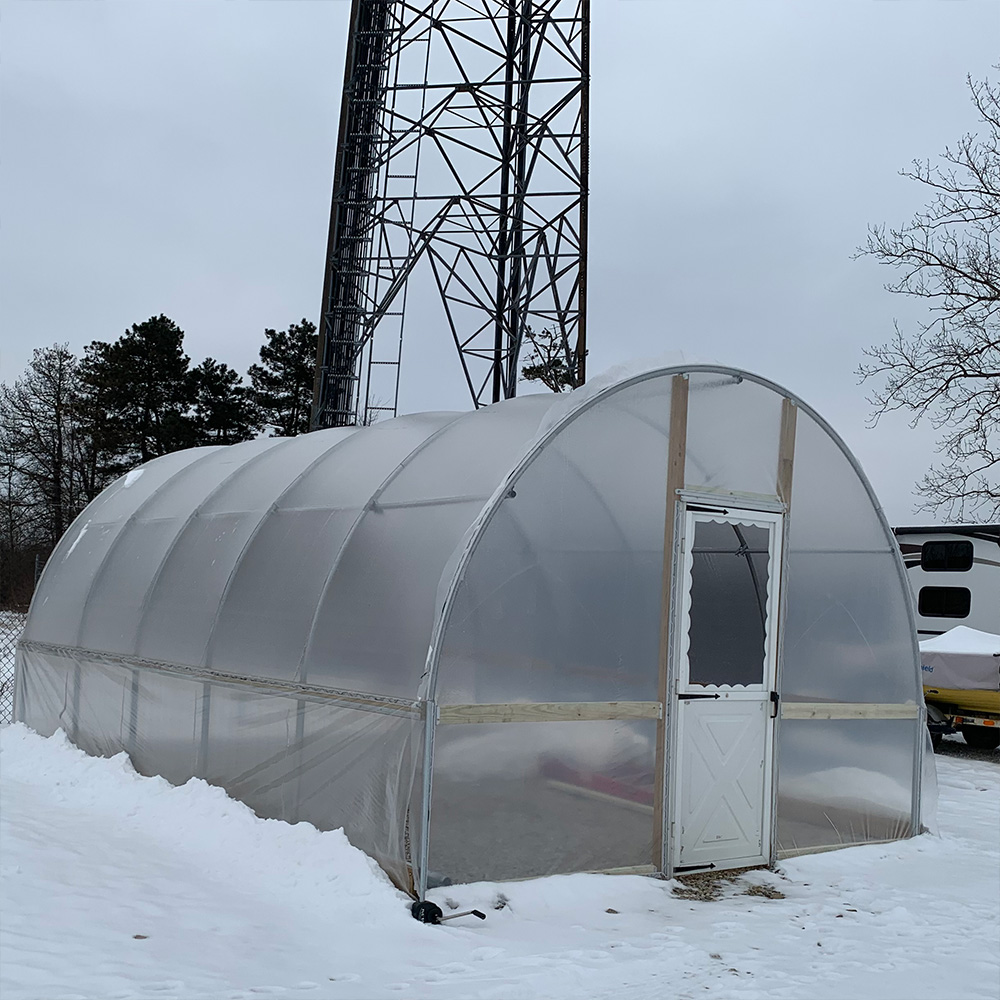
Winter greenhouse care is less about growing and more about monitoring and protection. Your primary goal is to keep internal temperatures stable and prevent condensation from creating breeding grounds for mold. Automated climate controllers or responsive ventilation setups help keep everything balanced with less daily input.
Structural checks are essential in snowy regions. Ensure supports are strong, panels are secured, and water isn't pooling from melted snow. If you grow during winter, watch irrigation closely; frozen lines or inconsistent watering can damage plants or soil health.
- Check snow and ice buildup on roof and supports
- Use climate controllers to stabilize temperature and humidity
- Open vents during sunny days to release excess moisture
- Inspect irrigation lines for freezing or leaks
- Limit foot traffic and keep tools dry and off the floor
Winter may be a quieter time in the greenhouse, but it's no less important. Monitoring temperature, moisture, and structural stability helps prevent mid-season surprises. Whether overwintering crops or just holding steady, a little attention goes a long way toward smooth seasonal survival.
Year-Round Greenhouse Maintenance Essentials
Besides seasonal cleaning, a few maintenance tasks deserve attention no matter the time of year. These ongoing checks help extend the life of your greenhouse, improve growing conditions, and catch small problems before they turn into big ones. Below are the key areas for a well-maintained and productive space.
Inspecting Frame and Panels
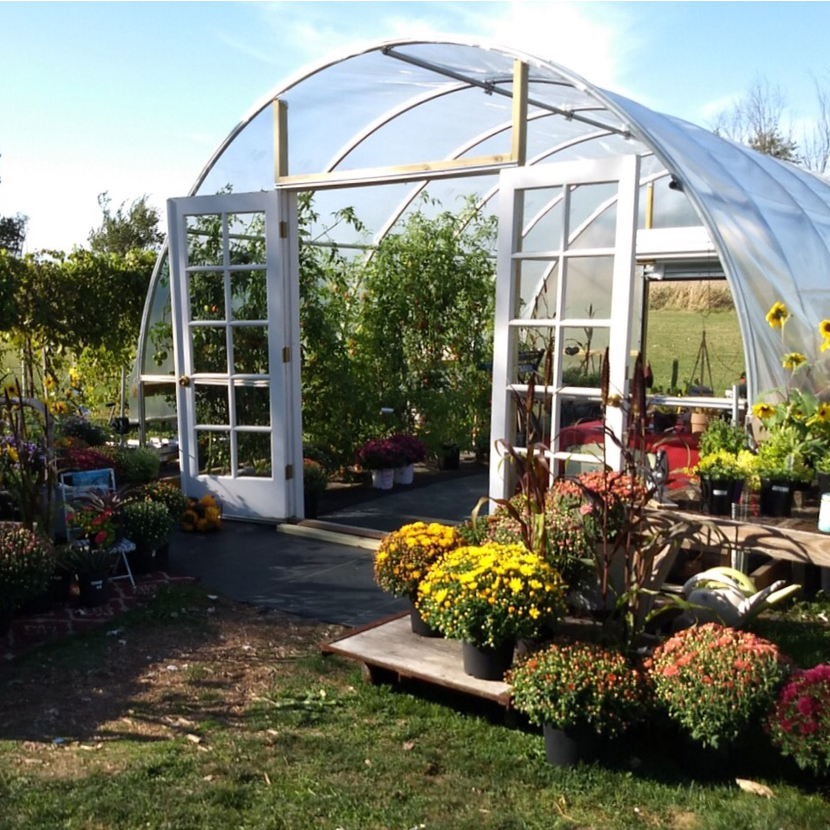
Strong structure and clear panels are the backbone of an efficient greenhouse. Over time, frames can loosen or corrode, and coverings may sag, tear, or cloud over, reducing light transmission and insulation. A quick visual inspection of each season goes a long way toward preventing structural failure or energy loss.
- Check all framing connections and replace damaged greenhouse frame fittings.
- Inspect for rust, wear, or loose bolts around the base and ceiling.
- Evaluate your plastic sheeting; if it's yellowed, brittle, or loose, consider upgrading with greenhouse plastic grow film.
- Ensure your panels or coverings are tightly secured using proper covering attachments.
Checking Ventilation Systems
Without proper ventilation, a greenhouse can overheat, build up condensation, and become a breeding ground for mold and pests. Regularly checking your airflow systems, whether manual or automated, ensures a stable environment for plant growth.
- Clean or replace fans to maintain strong airflow, see greenhouse fans and misters.
- Test your climate controllers to make sure they respond to temperature and humidity changes.
- If you're using manual ventilation, inspect hinges and openers for smooth operation.
- Keep all ventilation components clean to prevent the buildup of dust or mold spores.
Irrigation System Maintenance
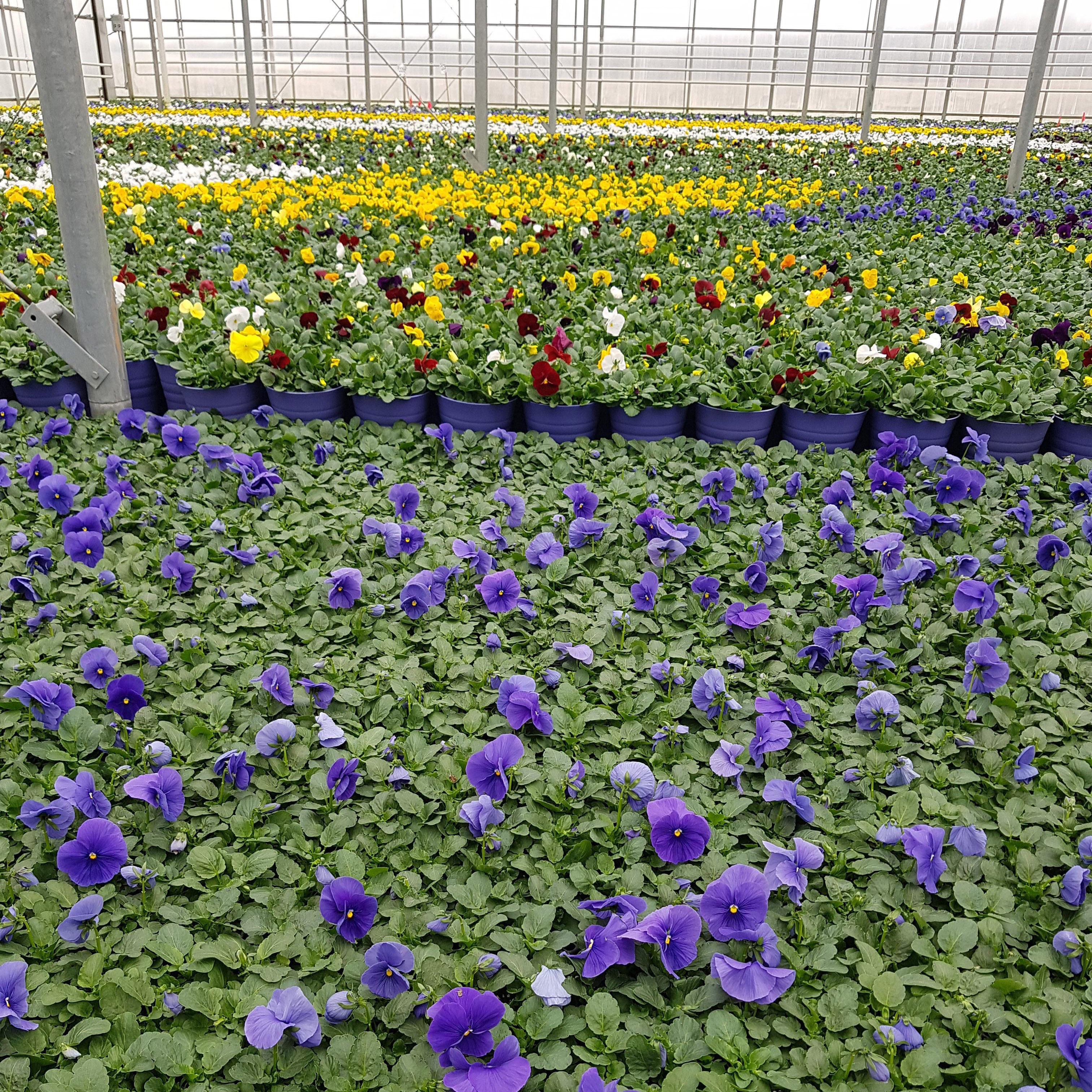
A reliable irrigation system ensures watering without waste or over-saturation. Whether you use misters, drip lines, or hand watering, seasonal checkups keep your system running smoothly and prevent costly surprises like leaks or blockages.
- Flush out your system at the start of each growing season to remove sediment or buildup.
- Look for clogged nozzles or leaks, especially at connectors and hose junctions.
- Elevate and organize plants using greenhouse bench toppers to improve drainage and access.
- Adjust watering frequency based on seasonal temperature and plant maturity.
Pest and Mold Control
Even in a controlled greenhouse environment, pests and mold can sneak in and thrive if conditions are right. Preventative measures and routine monitoring are your best defenses, especially in areas with high humidity or poor airflow.
- Keep benches and surfaces clear of decaying plant material or unused pots.
- Improve air circulation using misters and fans to discourage mold growth.
- Organize with bench toppers to reduce clutter and promote air movement.
- Inspect regularly for common greenhouse pests like aphids, whiteflies, or spider mites, and treat early.
Staying on top of greenhouse maintenance doesn't have to be overwhelming. With a clear plan and seasonal routine, you'll create a healthier environment for your plants and save yourself time and stress in the long run. From replacing worn coverings to improving airflow or upgrading your bench layout, small adjustments can have a big impact.
Whether new to greenhouse gardening or simply looking to streamline your upkeep, the right tools and supplies can make all the difference. If you have questions about our products or need help choosing the right solution for your setup, please reach out; we're happy to help!
Contact Us




